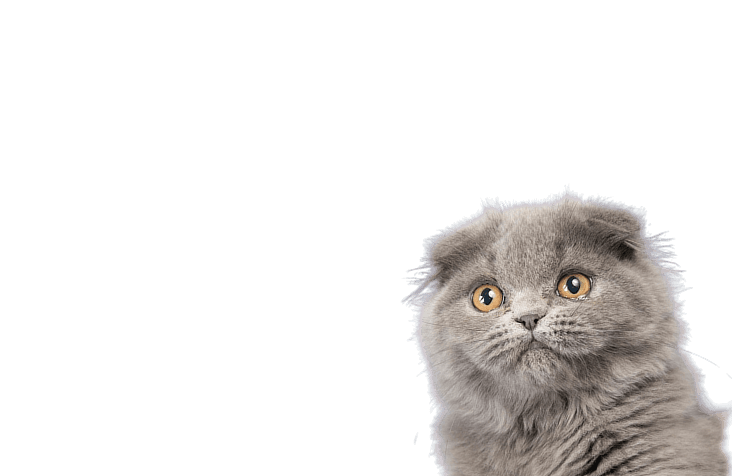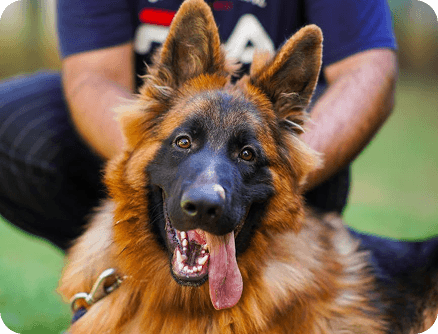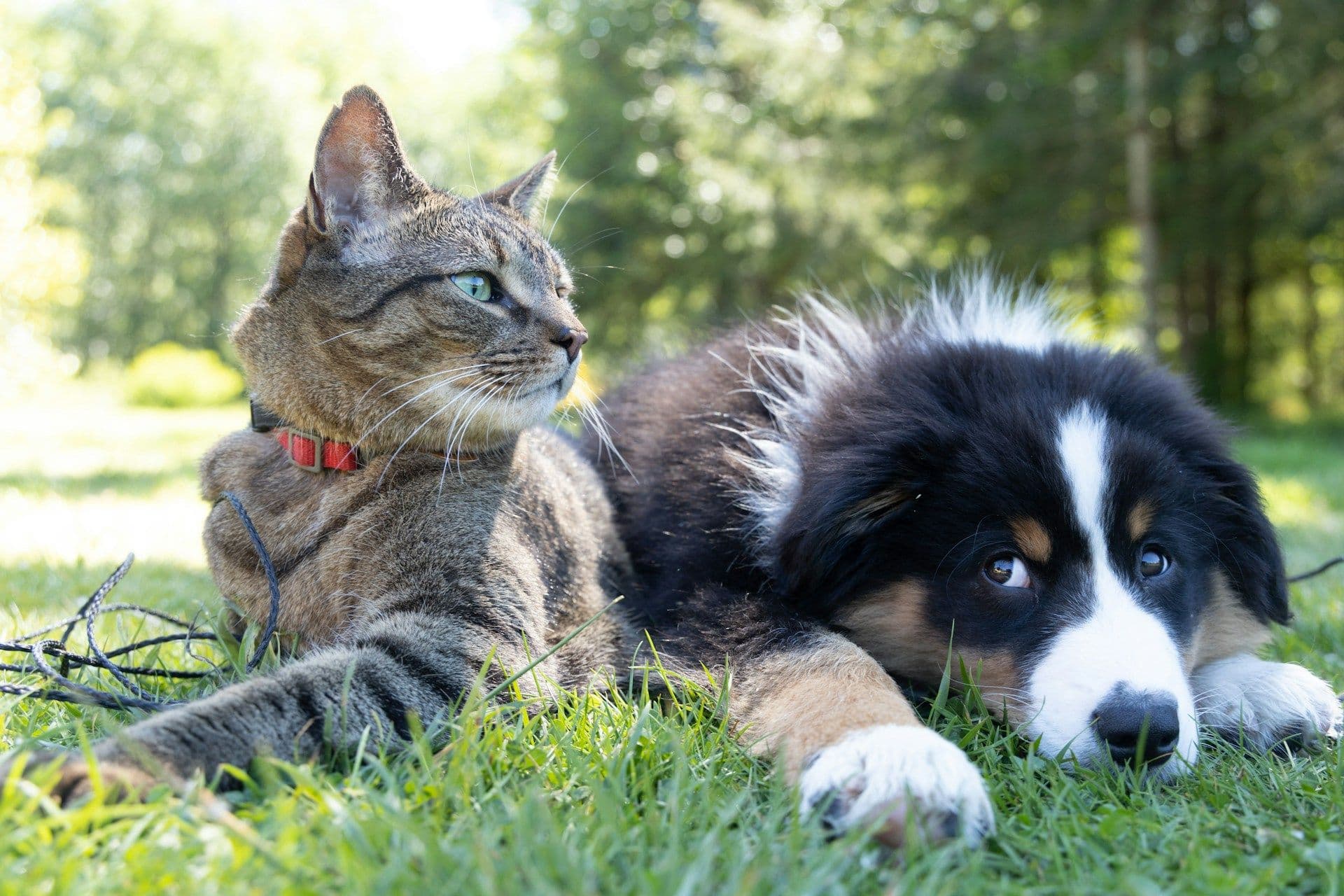Disc. 25% OFF yearly plans Don't miss out. Use code SCD25
What Should Your Pet Really Be Eating? A Vet’s Guide to Nutrition
September 10, 2025
Nutrition
Ann Culhane

Feeding your pet may seem simple, but choosing the right diet is one of the most important decisions you can make for their long-term health. Pets, like humans, thrive when their nutrition is balanced, tailored, and consistent. Yet many owners are unsure about what foods are best. Here’s a vet-approved guide to understanding what your pet should really be eating.
1. Species-Specific Needs
Dogs and cats may both be popular household pets, but their nutritional needs are very different.
- Dogs are omnivores, meaning they can digest and benefit from both meat and plant-based foods.
- Cats, on the other hand, are obligate carnivores. They need a diet rich in animal protein and certain nutrients like taurine, which are only found in meat.
Feeding a diet that ignores these fundamental differences can lead to serious health problems over time.
2. Choose High-Quality Commercial Food
Most pets do best on well-formulated commercial diets. Look for foods labeled as “complete and balanced” by regulatory bodies like AAFCO. These diets are carefully designed to provide all essential nutrients in the right proportions. Avoid cheap brands that rely on fillers or artificial additives.
3. Watch Out for Common Myths
Some owners assume grain-free or raw diets are always better. While these diets can work in certain cases, they aren’t automatically healthier and can even cause harm if not properly balanced. Always consult your vet before making drastic changes.
4. Age and Lifestyle Matter
A puppy or kitten has different needs than a senior pet. Similarly, an active working dog requires more calories than a lap dog who spends most of the day indoors. Tailor your pet’s food to their life stage, activity level, and health conditions.
5. Portion Control is Key
Overfeeding is one of the most common mistakes pet owners make. Obesity in pets can lead to joint problems, diabetes, and heart disease. Use measuring cups or scales, and follow feeding guidelines closely. Your vet can help you calculate the right portion sizes.
6. Safe Treats and Snacks
Treats should never make up more than 10% of your pet’s daily calories. Opt for healthy options like carrot sticks for dogs or small pieces of cooked chicken for cats. Avoid toxic foods such as chocolate, grapes, onions, and fatty table scraps.
7. Hydration is Just as Important
Fresh, clean water should always be available. Cats, in particular, are prone to dehydration and urinary issues. Wet food can be a great way to increase their water intake.
Conclusion
Your pet’s diet is the foundation of their health. By choosing high-quality food, practicing portion control, and tailoring nutrition to your pet’s unique needs, you’re ensuring a longer, healthier, and happier life for them. When in doubt, consult your veterinarian — because the best diet for your pet is one that’s safe, balanced, and backed by science.
Related Blogs
September 10, 2025
Nutrition
What Should Your Pet Really Be Eating? A Vet’s Guide to Nutrition
September 10, 2025
Telemedicine
How Online Vet Consultations Can Save You Time & Money
September 10, 2025
Behavior & Training
Why Is My Pet Acting Out? Common Behavioral Issues Explained
September 22, 2025
Pet Care
The Pawsitive Side of Pet Parenthood
September 10, 2025
Behavior & Training
The Joy and Responsibility of Taking Care of Your Pets
Share To
Need expert advice now?
Speak to a licensed vet and get answers today.

You May Also Like
Show more
Live Chat & Video Calls
Expert & Credible Advice
Mobile & Desktop Accessibility
Virtual consultations
Live Chat & Video Calls
Expert & Credible Advice
Mobile & Desktop Accessibility
Virtual consultations
Live Chat & Video Calls
Expert & Credible Advice
Mobile & Desktop Accessibility
Virtual consultations



